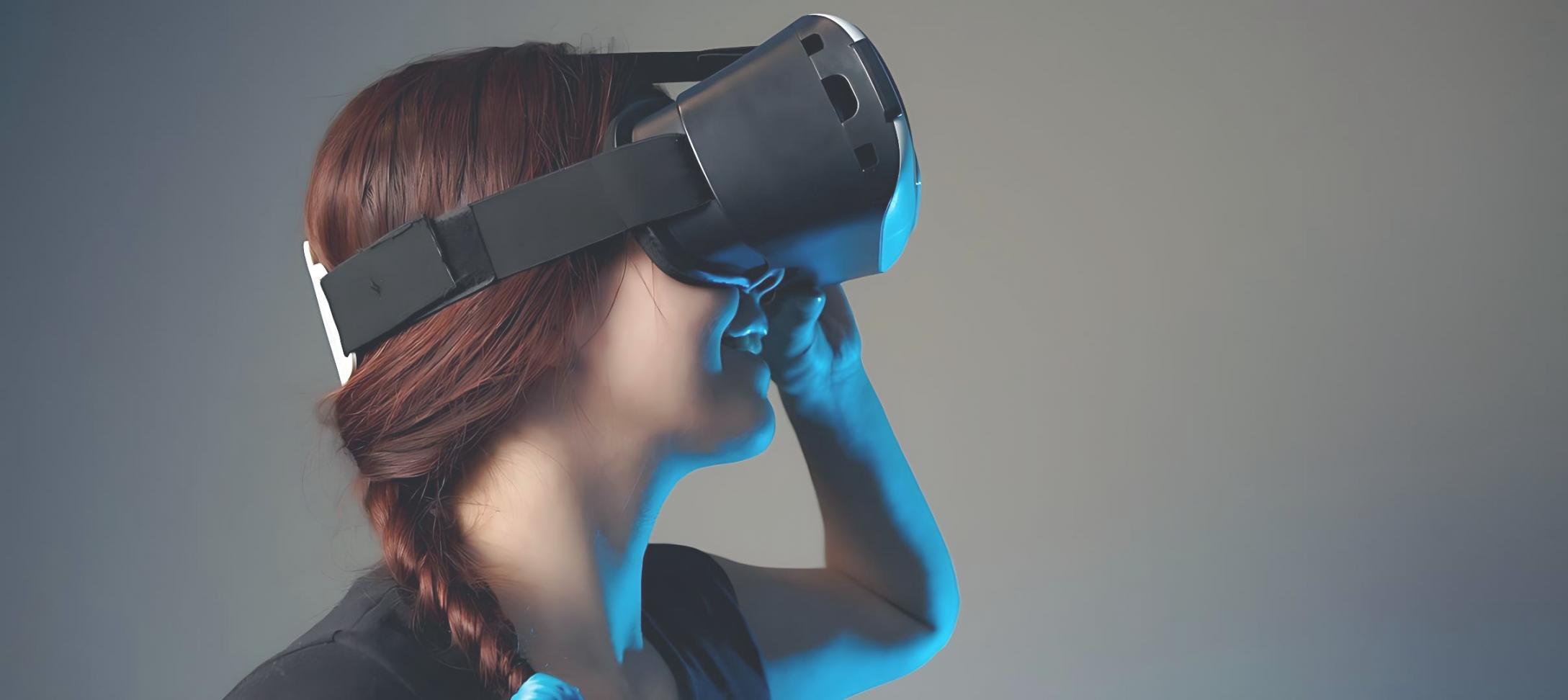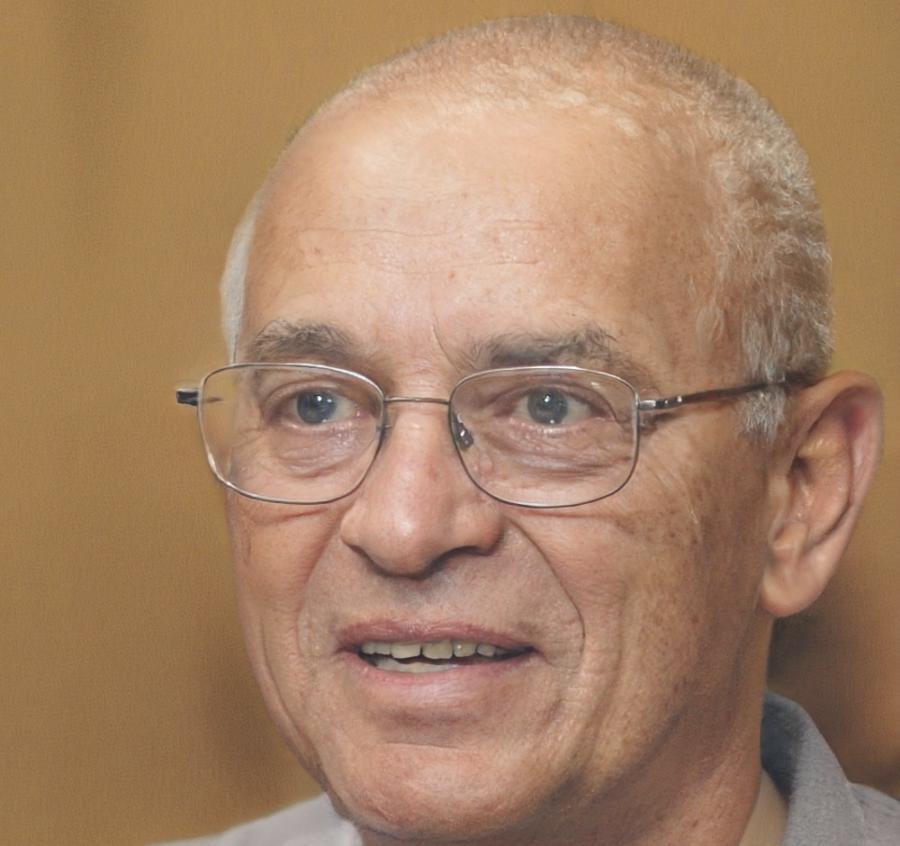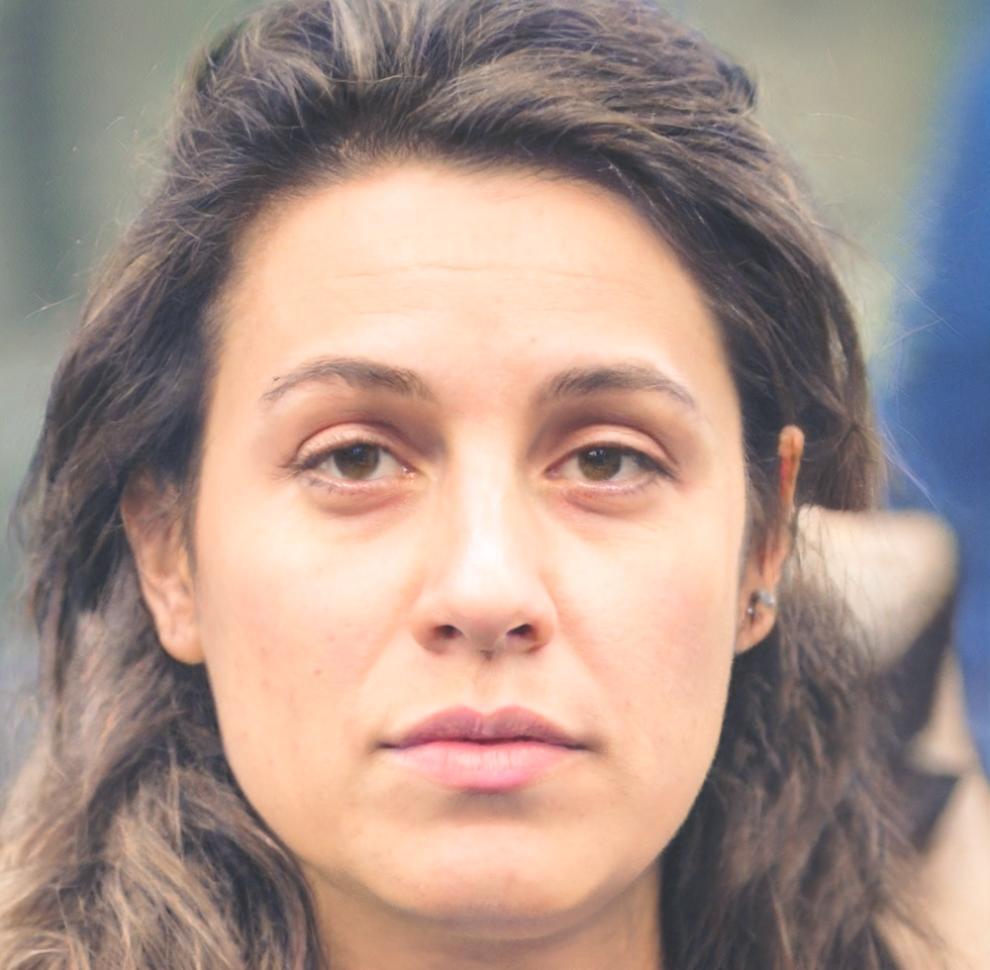What Makes This Different
We don't promise you'll be an expert in twelve weeks. That's not realistic. What we do promise is that you'll understand how game engines actually communicate with XR hardware, and you'll have a portfolio piece that demonstrates that knowledge.
Our approach comes from years of working in the Croatian game development scene and training teams across Central Europe. The program runs over nine months starting October 2025, with sessions twice weekly and plenty of lab time when you need help.
You'll build three projects: a simple VR interaction demo, an AR placement system that actually works in different lighting conditions, and a final project of your choosing. We provide feedback on all of them.




